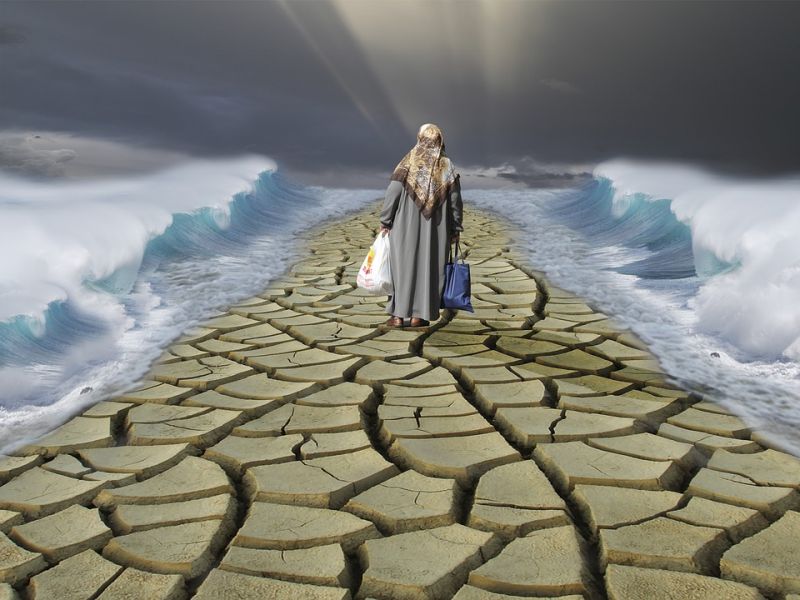Clean Water, Sanitation Vast Challenges as Bangladesh Copes with 607,000 New Refugees
Published on by Water Network Research, Official research team of The Water Network in Social
Since 25 August, over 607,000 Rohingya refugees have crossed the border into Bangladesh from Myanmar. The settlements are dangerously congested and overcrowded and the pressure on sources of clean drinking water and basic sanitation are enormous.
Although the number of new arrivals is now slowing, people continue to arrive in the makeshift settlements of Cox’s Bazar every day, bringing the total Rohingya population of the district to over 820,000.

Representative image, source: Pixabay
The settlements are dangerously congested and overcrowded and the pressure on sources of clean drinking water and basic sanitation are enormous. Having walked for days without water and food, the refugees arrive to the settlements exhausted and thirsty. Many are ill.
“All of the spontaneous and makeshift sites where the Rohingya have sought shelter are in urgent need of water, sanitation and hygiene (WASH) support to prevent diseases and to restore basic human dignity,” says IOM WASH expert Antonio Torres. "Existing WASH facilities are not yet sufficient to cope with this number of people,” he notes.
The Inter Sector Coordination Group (ISCG), which coordinates the work of aid agencies in Cox’s Bazar and is hosted by IOM, estimates that of 750,000 people initially targeted for WASH assistance, some 530,000 have now been reached. The UN Humanitarian Response Plan estimates that over the next six months, some 1.166 million people in the Cox’s Bazar settlements and host communities will need WASH assistance.
IOM, the UN Migration Agency, is providing vital WASH services to both the Rohingya and the communities hosting them, while scaling up its work to meet the needs of new arrivals.
In total, some 100,000 people already directly benefit from IOM’s WASH activities in the makeshift settlements. Since early September, it has constructed around 785 latrines for the refugees. It has also constructed 14 wells with hand pumps providing over 14,000 people with clean drinking water. It also puts in place systems to manage and maintain the facilities.
Before the crisis, IOM installed a total of 241 hand pump wells and 1,882 latrines in the settlements. All the wells have to be drilled by hand as the terrain is too inaccessible to bring in machinery. The wells have to be drilled to depths of over 150 meters to reach aquifers free of contamination.
IOM also operates and maintains water treatment and supply systems that provide the refugees with over 240,000 liters of safe drinking water every day. It has also trucked in over 741,000 liters of drinking water to remote settlements.
In addition it has built small dams and reservoirs to ensure that sites with limited access to groundwater have enough clean water to make it through the upcoming dry season.
Although, many thousands of refugees now have access to water and sanitation, far more remains to be done to prevent disease outbreaks. Poor road access and insufficient drainage in the displacement sites also make it difficult to reach new arrivals with the urgent support and services they need, including WASH.
Media
Taxonomy
- Water Access
- Sanitation
- Access
- Water & Sanitation
- Sanitation & Hygiene
- Drinking Water Managment
- Drinking Water
- Water Sanitation & Hygiene (WASH)